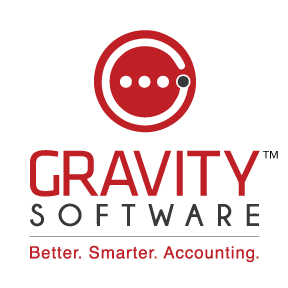Managing the finances of multiple entities, locations, or divisions can be complex and time-consuming. Traditional accounting systems force you to manage separate databases, repeat data entry, and reconcile reports manually — leaving room for errors and delays that hurt decision-making.
Consolidated financial reporting changes that. It unites financial data from all your entities into one accurate, compliant view of performance — helping you uncover insights, strengthen accountability, and respond faster to change.
Gravity Software simplifies multi-entity accounting and financial consolidation within a single powerful platform designed for growing organizations.






